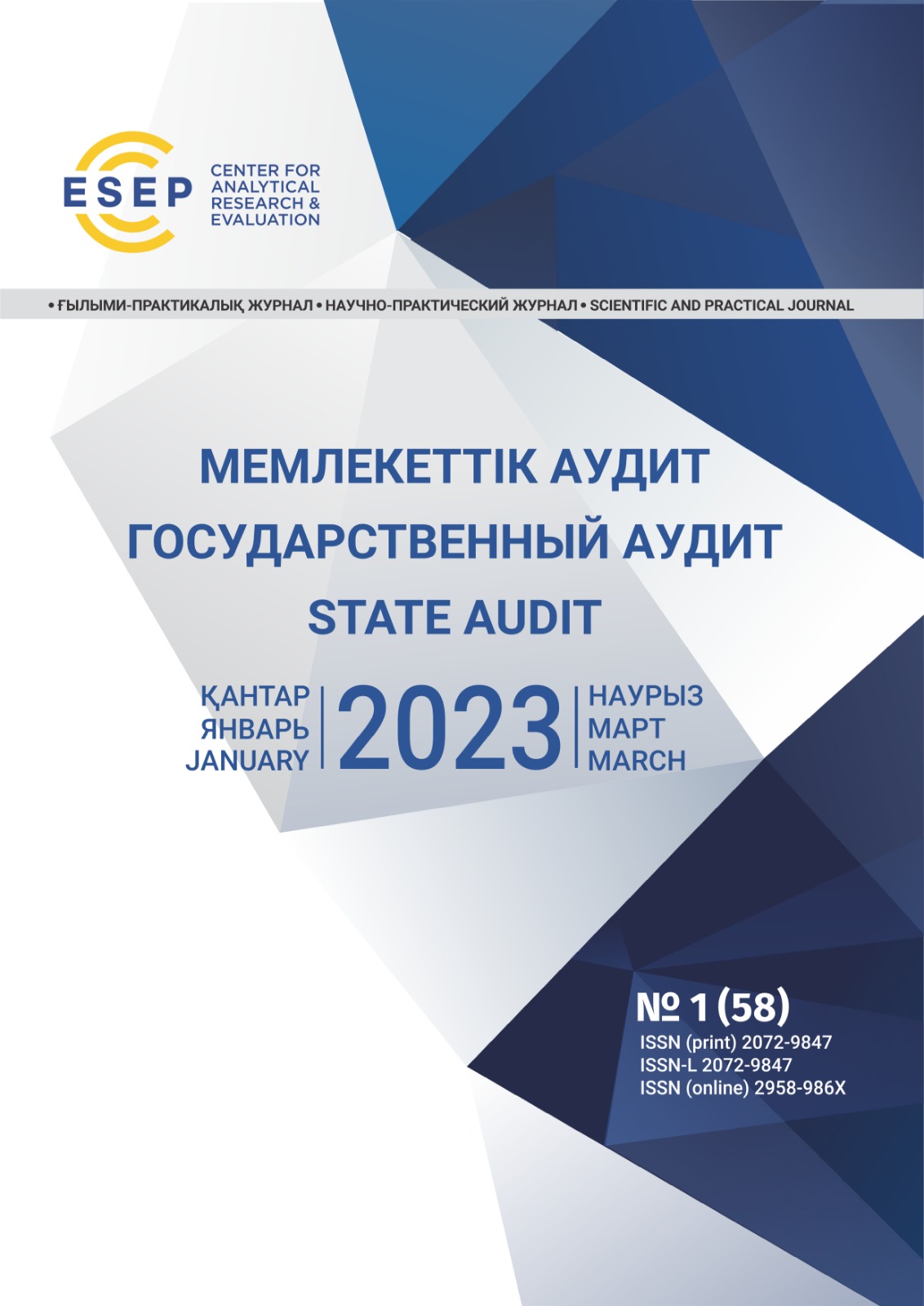Abstract
Quality of life is a socio-economic systems management category. Management’s efficiency is associated with allocation of all required performance evaluation criteria and further measurement procedure. The achieved result directly depends on optimality of criteria selection and further measurement. Accordingly, this paper explores main approaches to measuring quality of life, identifies their advantages and disadvantages. The study also highlights criteria for assessing wellbeing based on an objective, subjective, and integral perception of quality of life in countries with a higher level of wellbeing. Based on systematization of theoretical approaches to determining the structure of quality of life, its aspects (structural blocks) most common in international practice, recognized as the minimum required are identified. In accordance with the proposed structure, conclusion recommends using indicators correctly determining changes in the wellbeing and strengthening of the impact of society on a decision-making process to improve the quality of life. Recommendation takes into account the fact that in today's Kazakhstan the degree of satisfaction with the quality of life remains low as there is a multitude of systemic problems associated with uneven income distribution; housing security and credit burden; state of strategic life support facilities, including heat supply (thermal power plants) and public highways (of republican, regional, and district significance); environmental situation in regions and cities of republican significance, and other aspects of quality of life negatively affecting the level of confidence in socio-economic institutions.

